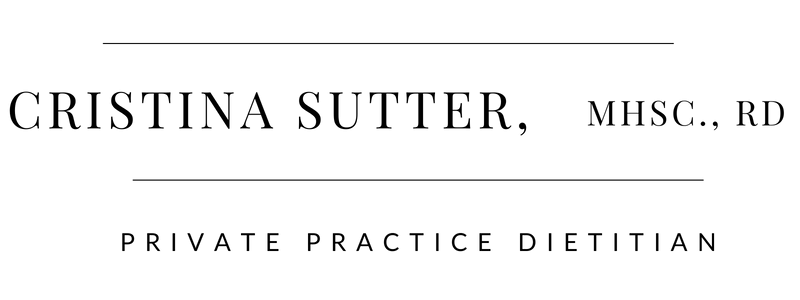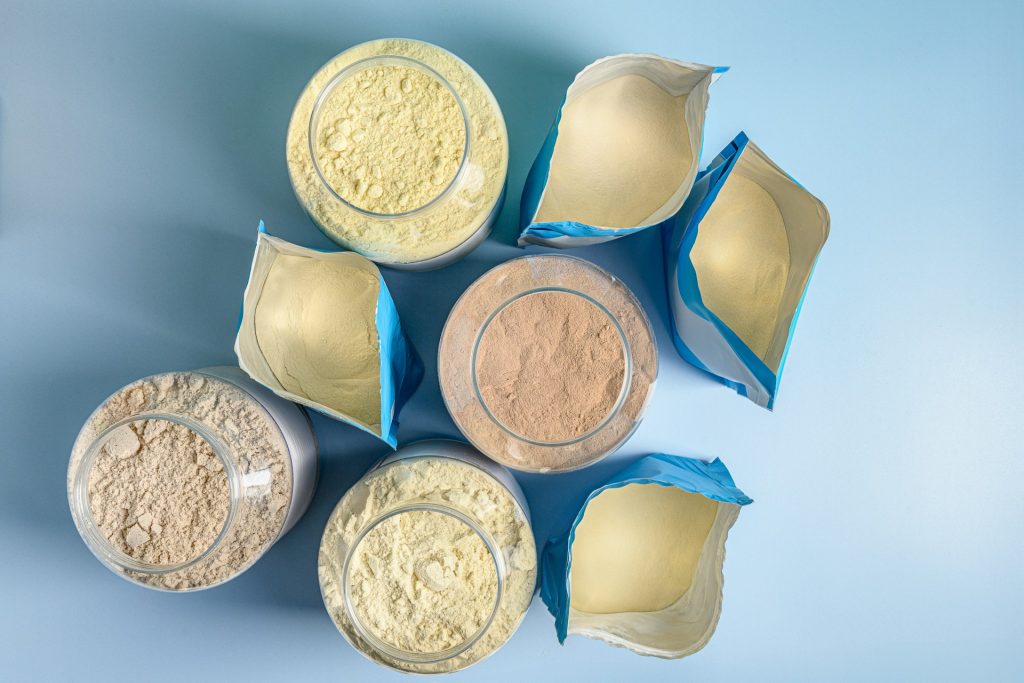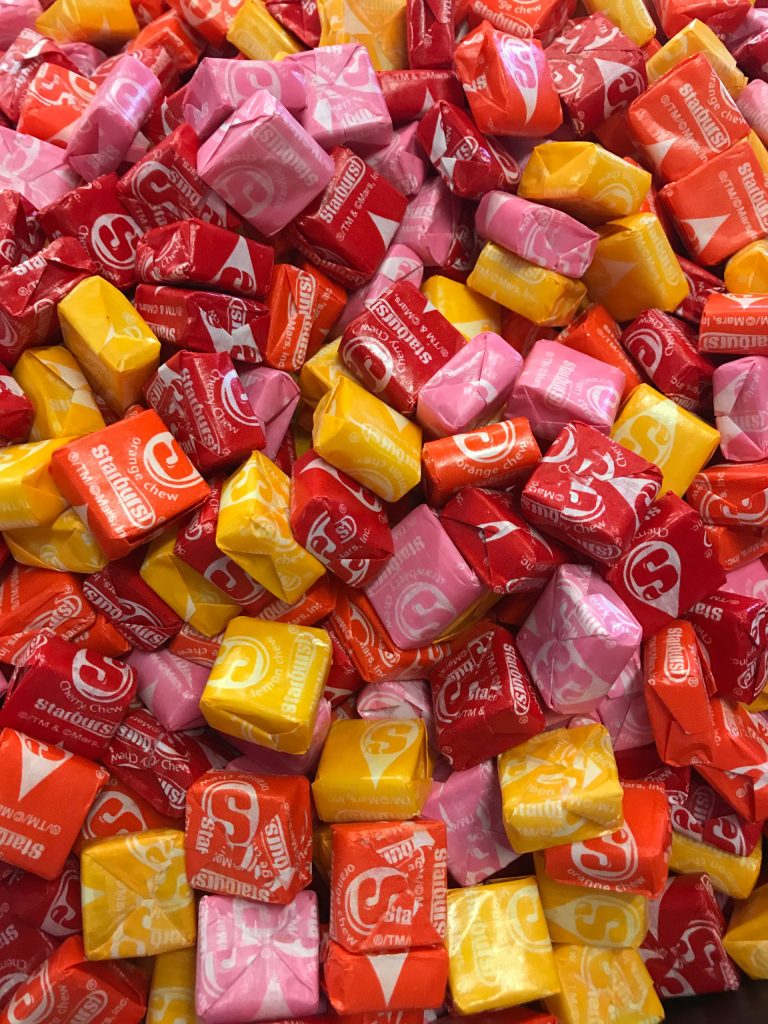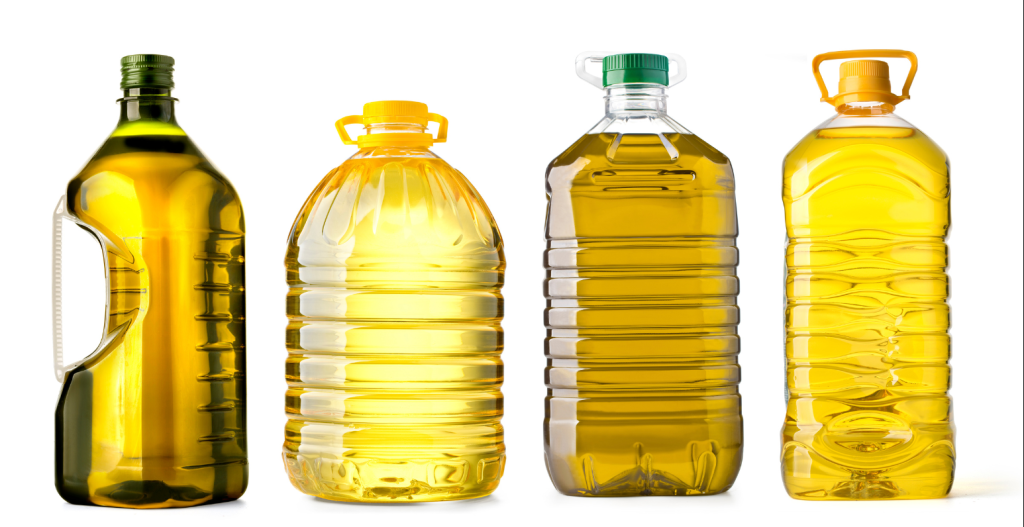Should you be worried about lead in protein powders? Protein powders have become part of many people’s daily routines. As a sport dietitian, I see all the craze about protein powders and high-protein products containing additives. So, when Consumer Reports (CR) released new data showing that many protein powders contain lead, it caught everyone’s attention.
Before you panic, here’s what the report actually found, and what it means (especially if you prefer plant-based protein).
What the Report Found: A Summary
CR tested 23 popular protein powders and ready-to-drink shakes. More than two-thirds contained more lead per serving than what their experts consider “safe” for daily consumption. That sounds scary, but the details matter.
What the Headlines Missed
1. Serving sizes vary widely
CR compared “lead per serving,” but the serving sizes ranged from 45 g to over 300 g. When you compare by weight, instead, many powders have similar (and still very small) amounts of lead.
| Product |
Serving Size (g) |
Lead (µg per serving) |
Lead (µg per 100g) |
| Naked Vegan Mass Gainer |
315 |
7.7 |
2.4 |
| Garden of Life Sport |
45 |
2.76 |
6.1 |
| Huel Black Edition |
90 |
6.3 |
7.0 |

2. Their safety limit is unusually strict
In this investigation, Consumer Reports used California’s Proposition 65 benchmark of 0.5 µg per day. For comparison, here are allowable lead levels by other organizations.
| Standard |
Allowable Lead (µg per serving) |
| CR “Level of Concern” |
0.5 |
| FDA (for drugs and supplements) |
5.0 |
| NSF Certified Supplement limit |
10.0 |
That means the CR benchmark is 10 times stricter than the FDA’s limit for drugs and supplements.
3. Trace metals are everywhere
Lead occurs naturally in soil and water. Fruits, grains, and vegetables all contain tiny amounts from where they were grown. So it’s nearly impossible (and unnecessary) to aim for zero exposure.
For reference, the average American adult is exposed to up to 5.3 micrograms (µg) of lead each day through their diet, according to a 2019 analysis published by scientists at the FDA.
FDA has set an Interim Reference Level (IRL) based on the total intake of lead that leads to concentrations of lead in the blood associated with negative health effects. They outline these safety levels to be:
- Children: 2.2 µg per day
- Women of childbearing age: 8 µg per day
- Adults: 12.5 µg per day
What Does This Mean Specifically for Plant-Based Protein
Plant proteins (especially pea) can show slightly higher trace metals than whey, simply because crops absorb minerals from the soil. That doesn’t make them all unsafe, but we do have to consider where the protein is sourced. Pea protein grown in North America typically has lower heavy-metal levels than protein sourced overseas.
Many companies have already improved their formulas. Vega and Momentous, for example, recently switched to cleaner, North American-grown pea protein.
Many of our readers are plant-based or have a sensitive gut, and we know that pea protein might be a stable convenience food for you. If this is the case, we recommend:
Caution to Pregnant Women and Children
Thanks to CR’s research, we may see new precautions issued against the regular use of pea protein powders for pregnant women and children, like the limits on the number of servings of tuna. Be selective with brands and stick to 1 serving per day. Look for NSF Certified products, which are third-party tested for contaminants.
Should You Stop Using Protein Powders?
The CR findings highlight a real issue in how we test and label supplements, but they don’t mean protein powder is dangerous. If you use one scoop a day, you’re still well within safe intake levels:
- Average lead intake from foods: 5.3 µg of lead per day
- Vega Premium Sport Plant-Based lead level: 0.93 µg per serving
- FDA’s Interim Reference Level (IRL) for adults: 12.5 µg per day
Assuming one serving of the Vega Premium Sport Plant-Based protein powder, you’d still be just over halfway to the FDA’s daily reference limit.
As a sports dietitian, I would focus on:
-
Whole-food proteins first (tofu, legumes, yogurt, fish, eggs).
-
A reputable, third-party-tested protein powder as a supplement.
-
Quality sourcing over fear-based headlines.
In other words, your daily protein shake isn’t the problem. So, make sure to focus on choosing high-quality, third-party-tested powders and always focus FIRST on a nutrient-rich, whole-food diet.









